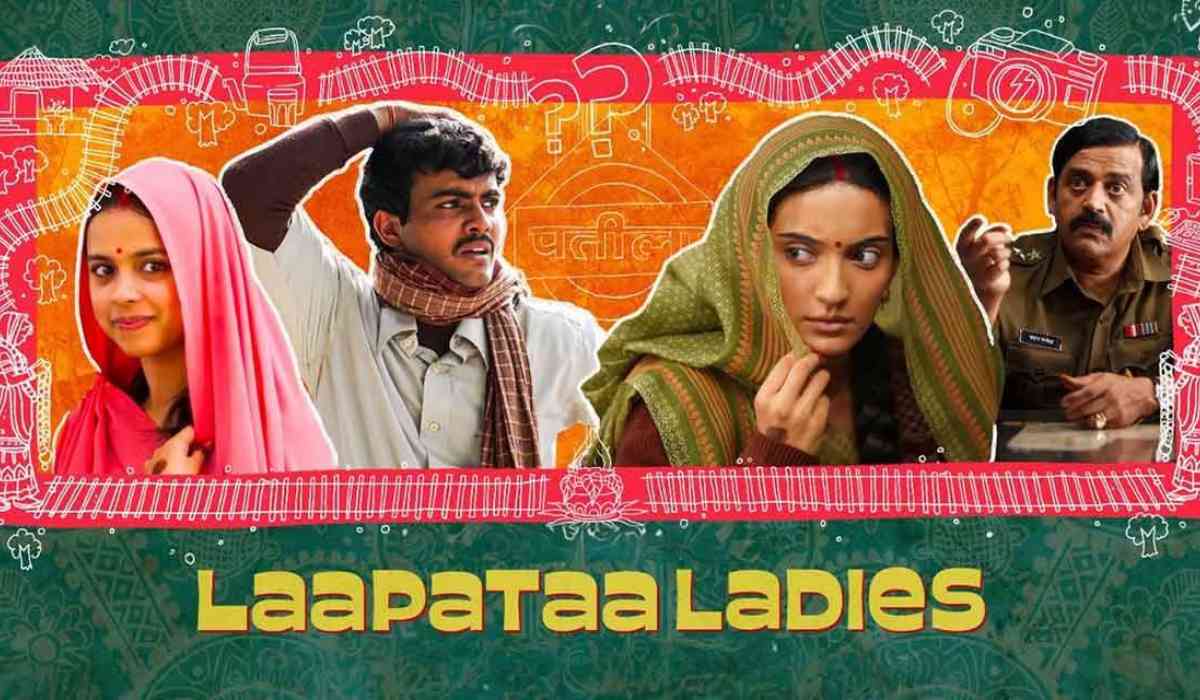Kiran Rao's latest film, "Laapataa Ladies," tells a raw and fascinating story that combines humor with a stinging critique of societal standards and patriarchal prejudices. The movie has received positive reviews from critics and viewers since it was released in theatres and most recently on Netflix. The plot revolves around two young brides who get lost on a train while veiled and dressed identically. The movie explores the intricacies of gender norms and the repressive systems that control women's lives in Indian society via their misfortunes.
The Veil: A Symbol of Oppression
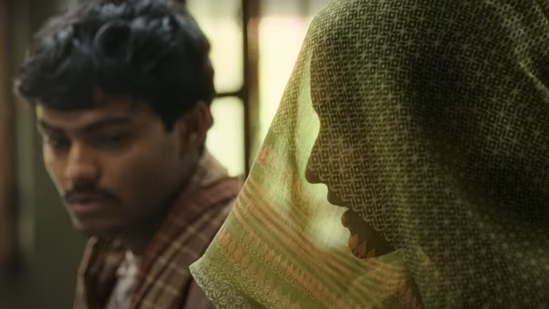
The veil, or ghoonghat, emerges as an important symbol in "Laapataa Ladies," reflecting patriarchal domination and the erasure of women's identities. It is used to confine women to the private realm, limiting their visibility and agency in public areas. The veil lessens their socio-political power in addition to their physical presence by hiding their faces. Through astute cinematography, the film exposes the repressive character of this institution and highlights the hypocrisy inherent in veiling actions across religious boundaries.
Challenging Gender Norms Through Humor
Despite its serious themes, "Laapataa Ladies" uses humor to attack long-standing gender norms and prejudices. The rural culture shown in the movie is a microcosm of patriarchal structures, with women consigned to subservient roles determined by the whims of men. The story challenges spectators to consider the significance of these rules while exposing their ridiculousness through clever dialogue and humorous scenarios.
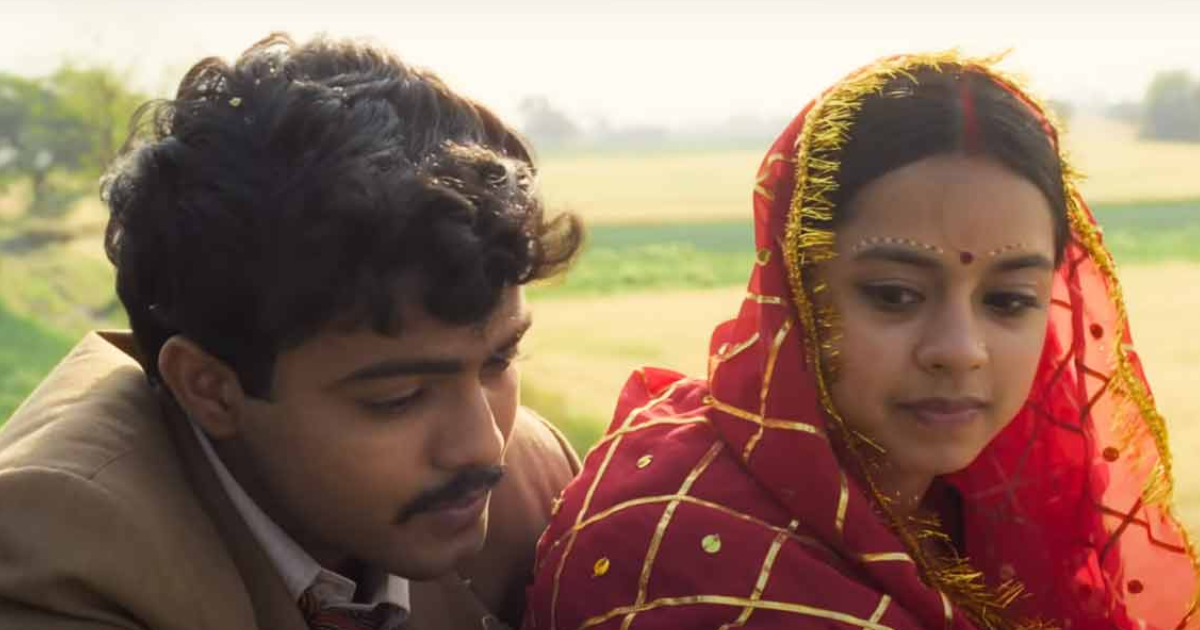
Complex Characters and Subverted Expectations
The film revolves around its intricately crafted characters, whose lives challenge conventional gender norms. The protagonist, Phool, sets out on a voyage of self-discovery after her spouse Deepak's abandonment. Her interaction with the tea vendor Manju Mai at the train station makes her aware of the restrictions placed on women in society. Manju Mai's honest comments on gender roles and autonomy catalyzed Phool's empowerment. This can be seen in the scene where Phool calls out her husband's name (married women are not supposed to call out their husband's name) aloud to find him in a crowded railway station when they reunite.
Highlighting Systemic Injustice
"Laapataa Ladies" doesn't shy away from addressing systemic injustices that perpetuate gender inequality. The character of Jaya, who escapes an abusive marriage, embodies resilience in the face of adversity. Her pursuit of education and independence reflects the barriers women face in asserting their rights and pursuing their aspirations. Through her story, the film exposes the complicity of institutions like the police in perpetuating violence against women.
Feminism in Action
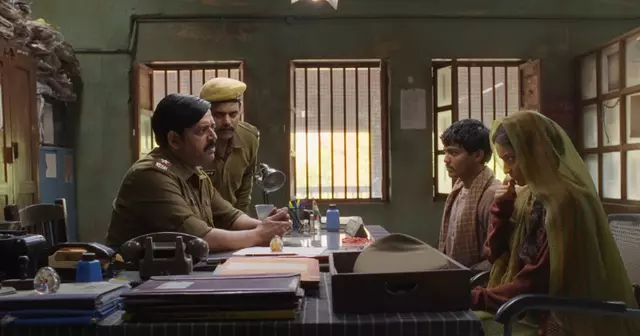
At its core, "Laapataa Ladies" is a staunchly feminist film that celebrates women's agency and individuality. It highlights the significance of social justice in attaining actual gender equality and refutes the idea that empowerment is only a cheap marketing gimmick. The movie elevates the voices of its female protagonists and calls for the acceptance of their rights in a patriarchal society by emphasizing their experiences. As audiences continue to embrace stories that challenge the status quo, "Laapataa Ladies" serves as a timely reminder of the importance of amplifying marginalized voices and dismantling oppressive structures.
(Inputs by Agencies)
Ⓒ Copyright 2024. All Rights Reserved Powered by Vygr Media.

